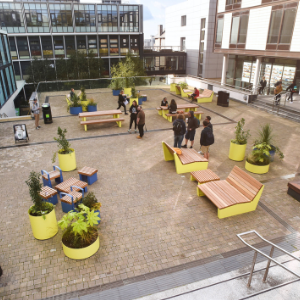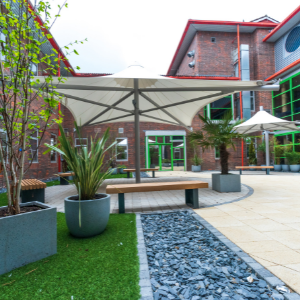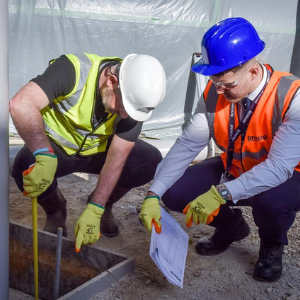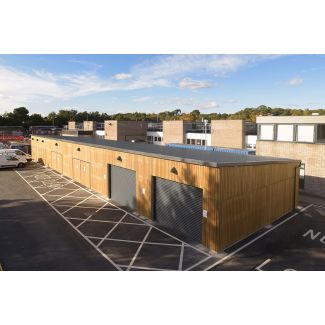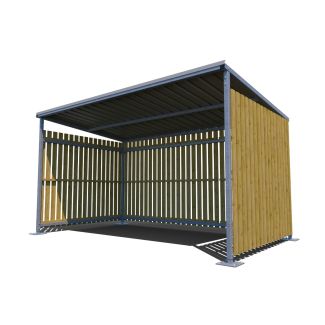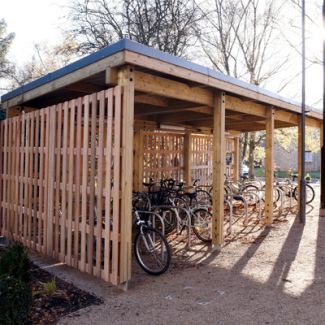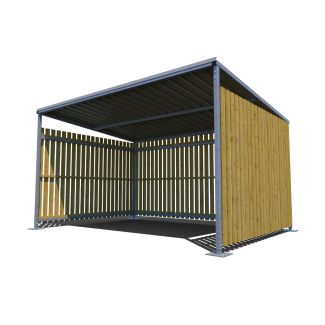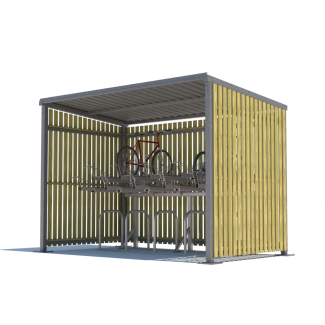A Sedum roof, also known as a "Green roof" or "Living roof" is a type of roofing system that uses low-maintenance plants such as Sedum, installed on a layer of soil.
Its primary purpose is to reduce rainwater runoff, improve insulation and aesthetically enhance the appearance of an area.
Sold separately, Sedum roofs can be directly installed onto various cycle shelters, canopies and shelters whether they have a flat roof or are slightly sloped at a 45-degree angle.
The demand for Sedum roofs in urban areas is rapidly increasing due to their environmental benefits.
They have the ability to retain more rainwater than a standard roof, making them ideal for areas with impermeable surfaces.
Featured Case Studies


Life and Mind Building, University of Oxford
At the new Life and Mind Building (LaMB), Broxap has installed a Blox Cycle Compound complete with a sedum roof.


Gladstone Village, Cricklewood South
Broxap were asked to supply a series of cycle shelters that would suit the aesthetic look of the surrounding apartments/homes.
Benefits of a Sedum Roof
- The natural vegetation provides an extra layer of protection for the roof against any harsh weather conditions, giving it a longer lifespan.
- They're also able to retain more rainwater than a traditional roof.
- Having a green roof will also mean having improved air quality. This is because the plants will undergo photosynthesis and release oxygen into the atmosphere, improving the quality of air.
- By improving insulation, sedum roofs can also be deemed energy efficient as they reduce the need for heating and cooling.
- Sedum roofs can improve the visual appearance of a building, making the area more aesthetically pleasing.
- They compensate for the loss of green areas in urban towns.
- Sedum roofs can create a habitat for small animals such as birds, butterflies, and insects, promoting wildlife in urban and rural areas.
Testimonials
Related Products
Contact Us












